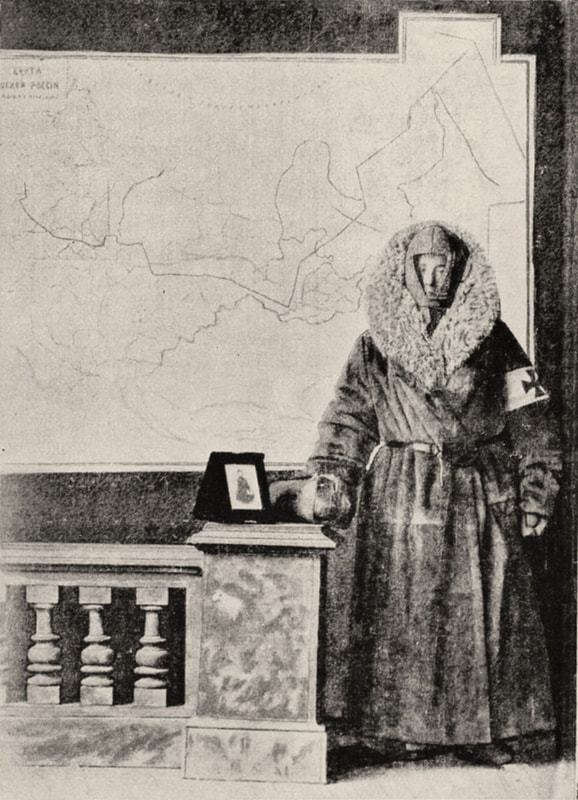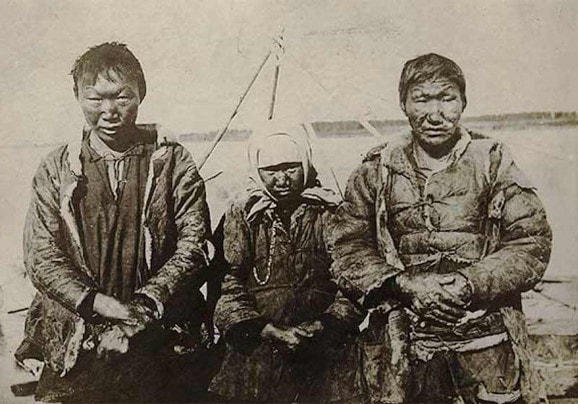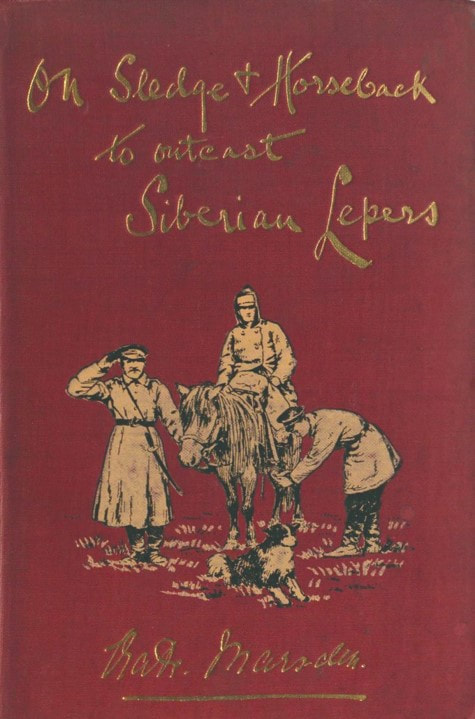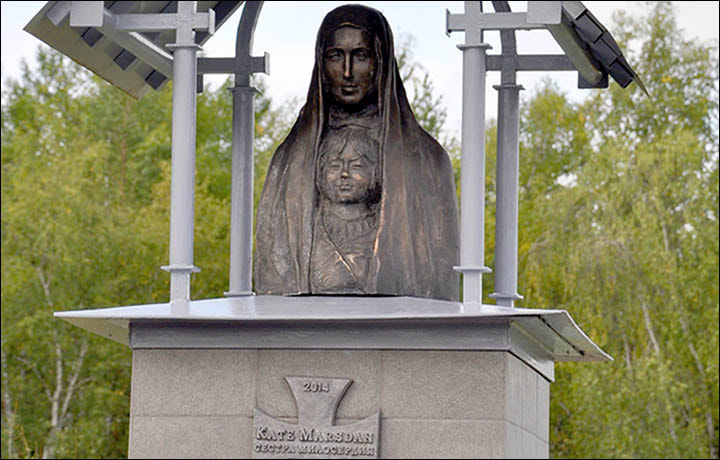|
St Francis Leprosy Guild was founded in 1895, by an Englishwoman, Kate Marsden.
|
Kate was born in north London on 13 May 1859 to ordinary, middle class parents.
When she was younger, she was influenced by reports from the missionary, Father Damien, that people with leprosy were being forcefully quarantined. Kate later trained as a nurse at the Evangelical Hospital School of Nursing at time when nursing was a considered a novel profession, especially for women. After Kate qualified in 1877, she was sent by the Red Cross to nurse soldiers fighting in the Russo-Turkish war. It was in Constantinople that she first encountered, outcast and abandoned, people with leprosy. Her mission in life became to address the needs of people with leprosy who were outcast and abandoned by society. |
Her diary notes: When I first turned my attention to the condition of people with leprosy my idea was to go and work for them in India; but to do that it was necessary that I should have help and experience.
Upon her return, Kate sought the patronage of Queen Victoria, who gave her a letter of introduction to the Imperial Russian court. There, she was befriended by the Dowager Empress Maria Feodorovna and Princess Shakhovskoy. Both were interested in establishing professional nursing in Russia and were sympathetic to Kate’s cause.
After her return from Russia, Kate converted to Catholicism and became a Franciscan tertiary. Then in 1895, with the help of influential Catholics, she established St Francis Leprosy Guild. Its patron was the Archbishop of Westminster, Cardinal Vaughan (1832-1903).
Initially, Kate was closely involved with the work of SFLG, but after allegations of misconduct, she decided to step down rather than risk jeopardising its good name. She left and went to live outside London.
Initially, Kate was closely involved with the work of SFLG, but after allegations of misconduct, she decided to step down rather than risk jeopardising its good name. She left and went to live outside London.
Today it is difficult to unravel to what extent the accusations against Kate were based on jealousy, misunderstandings and most importantly, anti-Catholic sentiment. Suffice to say that Kate died largely forgotten in 1931. But the truth is that the work of St Francis Leprosy Guild has continued to this day. We are supporting more than 40 projects in 15 countries. I think Kate would be very pleased with that. SFLG, Chief Executive Officer, Clare McIntosh,
The inscription on Kate's grave is written in three languages. The first is in Sakha or Yakut language, and translates as Deep gratitude, unfading through the ages. The second in English reads: Eternal gratitude from the people of Vilyuisk Ulus, Sakha Republic (Yakutia). The third is in Russian: Memory Eternal.











